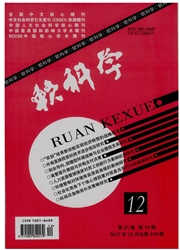

 中文摘要:
中文摘要:
以1998~2007年十年的上证综合指数为标的,以算术(几何)报酬率和上方获取率来作为衡量投资组合保险成本的指标,构建投资组合保险成本的衡量体系,将选择权的复制原理、买入持有策略应用于我国股市,比较各项可控制因素对投资组合保险成本的影响,分析在我国市场应用投资组合保险的成本大小。实证结果表明:在我国股市进行投资组合保险,如果保险期为一年,就长期平均来说,其成本为负,说明相对于不保险的买入持有策略来说,它有超额报酬,但是当保险期变为两年以上时,投资组合保险成本转为正数。
 英文摘要:
英文摘要:
With the Shanghai Composite Index from 1998 to 2007 as the subject,the arithmetic(geometric) rate of return and the top of the access rate as the measurement of portfolio insurance cost index,this paper builds up a measurement system of portfolio insurance cost.It compares the impacts of the controllable factors on the cost of portfolio insurance,and analyzes the cost of portfolio insurance in the Chinese market by applying replicable option and buy-and-hold strategy.Results indicate that the cost of implementing portfolio insurance in the Chinese stock market is negative if the time horizon of portfolio insurance is one year,i.e.,excess return relative to the buy-and-hold(uninsured) strategy.However,as the time horizon increases,the cost of portfolio insurance becomes positive
 同期刊论文项目
同期刊论文项目
 同项目期刊论文
同项目期刊论文
 期刊信息
期刊信息
